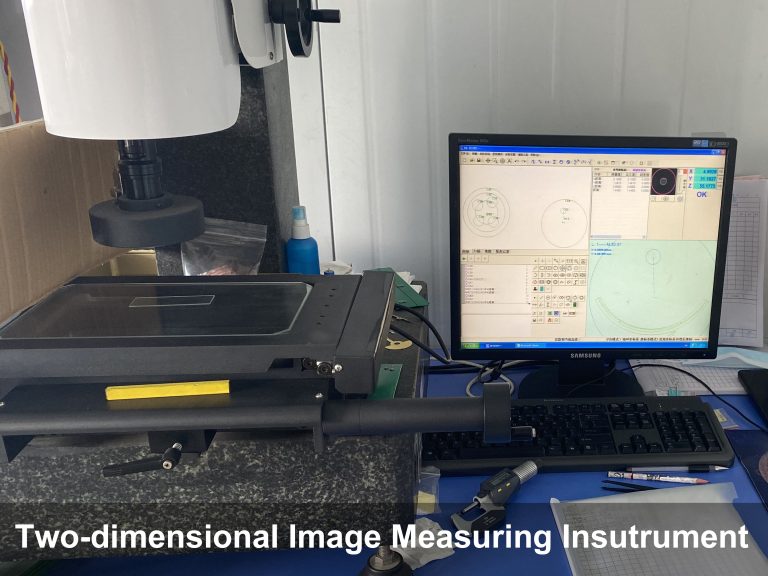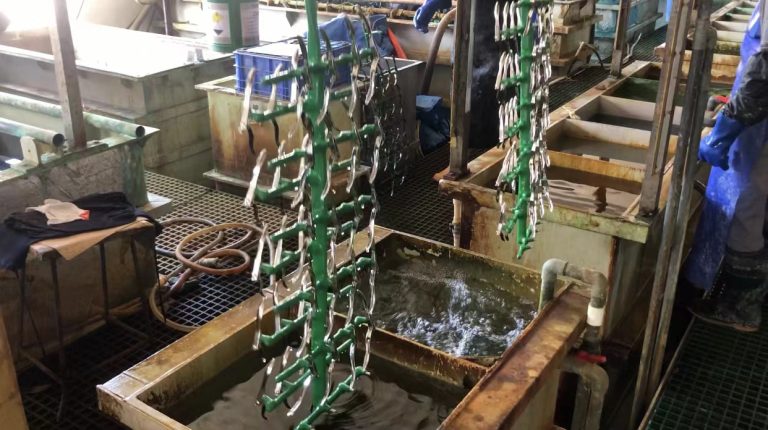what are the advantages and disadvantages of metal stamping
Metal stamping is a popular manufacturing process that involves the use of specialized tools and equipment to shape and form metal sheets into desired shapes and sizes. This process has several advantages and disadvantages, which are important to consider for various applications. Let’s take a closer look at the advantages and disadvantages of metal stamping.
Table of Contents
Advantages of Metal Stamping
Cost-effective
Metal stamping can be a cost-effective manufacturing method, especially for large-scale production. The use of high-speed stamping presses and automated processes can result in faster production cycles, reducing labor costs and increasing efficiency.
Precision and Consistency
Metal stamping offers high precision and consistency in producing complex and intricate shapes. The use of computer-aided design (CAD) and computer-aided manufacturing (CAM) technologies allows for precise control over the stamping process, resulting in consistent parts with tight tolerances.
Versatility
Metal stamping can be used to create a wide range of parts and components, from simple to complex shapes. It can be used for a variety of metals, including steel, aluminum, brass, and copper, making it a versatile manufacturing process for various industries such as automotive, aerospace, electronics, and appliances.
Rapid Production
Metal stamping can achieve high production rates, making it ideal for high-volume manufacturing. With the use of automated systems and multi-cavity dies, multiple parts can be stamped simultaneously, resulting in faster production cycles and quicker turnaround times.
Material Savings
Metal stamping minimizes material waste as it utilizes the entire metal sheet efficiently. Additionally, the use of progressive stamping, where multiple operations are performed in a single die, reduces material scrap and improves material utilization, resulting in cost savings.
Disadvantages of Metal Stamping
High Tooling Costs
Metal stamping requires specialized tooling, including dies and molds, which can be expensive to design, manufacture, and maintain. The initial tooling costs can be a significant investment, especially for small-scale productions, and may not be economically feasible.
Limited Flexibility
Metal stamping may not be suitable for low-volume productions or prototypes due to the high tooling costs. Changes in design or modifications to the stamped part may require significant tooling adjustments, resulting in additional costs and time-consuming processes.
Material Limitations
Metal stamping is most suitable for sheet metals, and the thickness and type of metal can affect the feasibility and cost of the stamping process. Extremely thick or hard metals may require more force, resulting in increased tool wear and higher maintenance costs.
Design Constraints
Metal stamping has certain design limitations due to the nature of the process. For example, parts with sharp corners, deep draws, or complex shapes may require additional operations or secondary processes, which can add to the overall manufacturing costs.
Lead Time
The design and fabrication of tooling for metal stamping can take time, resulting in longer lead times for production compared to other manufacturing processes. This may impact the overall production schedule and delivery times.
In conclusion, metal stamping offers several advantages such as cost-effectiveness, precision, versatility, and rapid production. However, it also has some disadvantages including high tooling costs, limited flexibility, material limitations, design constraints, and longer lead times. Careful consideration of the specific requirements and volume of production is essential when choosing metal stamping as a manufacturing process for a particular application.


